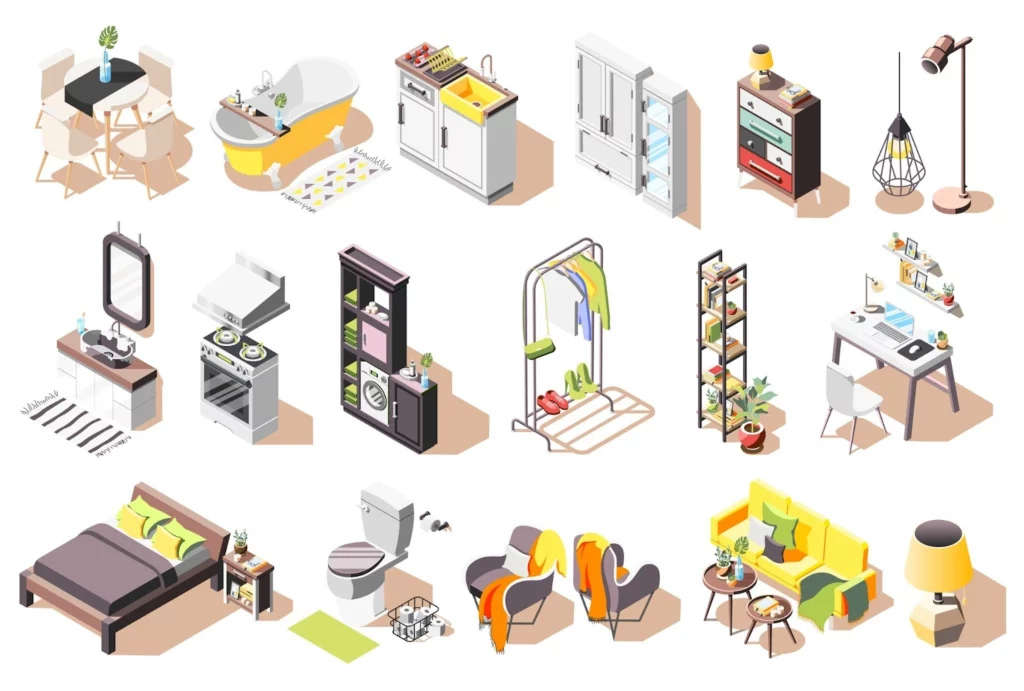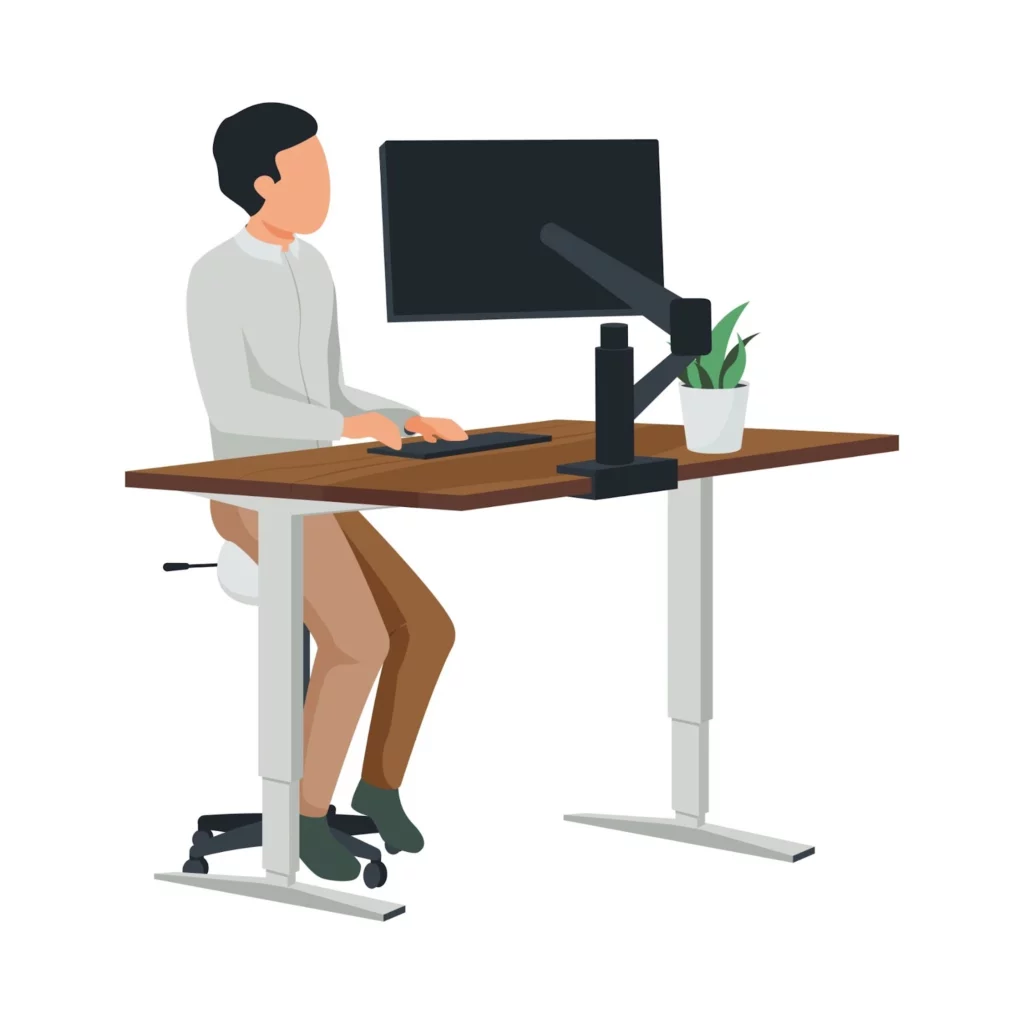Jump to:
Multifunctional furniture has set out as a cornerstone of efficiency and elegance. As urban living spaces become increasingly compact, the demand for furniture that marries form with function has never been more pronounced.
This increase in popularity is a response to the evolving needs of contemporary lifestyles. Multifunctional furniture offers versatile solutions that adapt to various spatial and aesthetic requirements. These innovative designs offer a harmonious mixture of practicality and style, reshaping how we perceive and utilize our living spaces.
In embracing this change, homeowners and designers are finding creative ways to infuse functionality into every corner, transforming ordinary rooms into dynamic, multi-purpose environments.

The Evolution of Multifunctional Furniture
The journey of multifunctional furniture is a fascinating chronicle of innovation and adaptability. Its origins can be traced back to when space-saving designs were necessary for many. Over the years, these pragmatic designs have evolved into sophisticated symbols of modern living.
Historically, the concept of furniture serving multiple purposes was born out of practicality, particularly in homes where space was at a premium.
Early examples included Murphy beds and drop-leaf tables, each designed to maximize the utility of limited space. However, as lifestyles evolved, so did the designs. The advent of the Industrial Revolution brought about new materials and techniques, allowing for more creativity in furniture design.
Today, multifunctional furniture represents a blend of historical ingenuity and contemporary innovation. It’s a testament to how our living spaces have transformed, demanding flexibility and efficiency.
The Rise of Smart Furniture in Modern Homes
Smart furniture is rapidly becoming a hallmark of modern home design, reflecting our ever-increasing reliance on technology. This burgeoning sector marries the latest tech innovations with everyday furniture, offering a new level of interactivity and convenience in our living spaces.
When speaking of smart furniture, the advancements are also about enhancing user experience. Interactive tables that can charge devices, sofas with built-in speakers, and beds equipped with sleep-monitoring technology are just a few examples of how furniture is evolving into intelligent home companions.
This fusion of technology with furniture design is reshaping our expectations of household items, turning them into multifunctional, connected, and responsive elements of our daily lives. The proliferation of such innovative designs speaks volumes about our current lifestyle.
The desire for seamless integration of technology into our homes is essential. Smart furniture enriches our living experience, adding layers of efficiency and comfort. It’s a bold step towards a future where our furniture does more than fill a space – it interacts, adapts, and even anticipates our needs.
Maximizing Small Spaces: Creative Solutions in Furniture Design
In the challenge of maximizing small spaces, furniture design plays a crucial role. Creative solutions in furniture design are making significant strides in this regard, offering ingenious ways to make the most out of compact living areas.
- Convertible Furniture: Sofas that transform into beds and coffee tables that expand into dining tables exemplify smart design, offering multiple uses within a single footprint.
- Built-In Storage: Furniture with built-in storage capabilities is a game-changer. This dual-purpose approach is both practical and space-saving, turning every inch of a piece into usable space.
- Modular Designs: The modular approach in furniture allows for customization and reconfiguration based on space and need. Modular shelving units, for instance, can be rearranged to fit different spaces or purposes, offering a flexible solution to space constraints.
- Wall-Mounted and Hanging Elements: Utilizing vertical space is key in small environments. Wall-mounted desks and floating shelves also add a unique aesthetic dimension.
Incorporating these innovative design solutions enables homeowners to optimize their living spaces effectively. It’s not just about fitting furniture into a small area but also about redefining the space to be functional, stylish, and comfortable despite its size.

The Role of Ergonomics in Furniture Design
Ergonomically designed furniture is tailored to support the human body, considering factors like posture, comfort, and efficiency, crucial in today’s fast-paced lifestyle.
One of the most compelling examples of ergonomic design in contemporary furniture is the height adjustable desk. This piece elegantly bridges the gap between comfort and functionality, offering the flexibility to adjust to various postures and heights, catering to the unique needs of each individual.
Ergonomics is about crafting pieces that conform to the body’s natural contours, whether it’s a lounge chair that provides optimal back support or a dining chair designed to encourage good posture.
Ergonomic furniture design is a thoughtful approach to creating spaces that are in harmony with the human body. It represents a deeper understanding of how our surroundings impact our health and productivity, ensuring that every piece of furniture enhances our daily life.
Sustainable Practices in Furniture Manufacturing
The shift towards sustainable manufacturing practices represents a commitment to eco-friendly materials and processes.
Manufacturers increasingly embrace materials like reclaimed wood, bamboo, and recycled metals, which offer durability and style without depleting natural resources. In addition to material selection, sustainable practices also involve minimizing waste and reducing carbon footprints through efficient production methods.
By choosing sustainable practices, manufacturers and consumers contribute to a healthier planet, ensuring that the ethics match the beauty of the furnishings behind their creations.
Future Trends: What’s Next for Multifunctional Furniture?
As we gaze into the future of multifunctional furniture, innovation remains the guiding star. The uniformity of technology and design is ready to usher in an era of multifunctional, intelligent furniture responsive to user needs.
Industry experts predict a surge in furniture that seamlessly integrates with smart home systems. Johannes Kau, a renowned furniture designer, emphasizes this trend: “The next wave in multifunctional furniture design will be about creating pieces that are not just versatile in form, but also in function. They will interact with our living spaces and technology in ways we are just beginning to imagine.”
This evolution reflects a deeper understanding of the modern lifestyle, where furniture is expected to be adaptable, tech-savvy, and environmentally sustainable. The future of multifunctional furniture is about enhancing the quality of living through intelligent and intuitive design aligned with our daily lives.
Concluding Thoughts
In conclusion, the exploration of multifunctional furniture reveals an interactive and evolving interaction between design innovation and the evolving needs of modern living.
As we continue to witness the evolution of furniture design, it becomes clear that the future of interiors lies in the ability to blend functionality with style seamlessly. Multifunctional furniture, in its myriad forms, stands as a testament to human ingenuity, continually reshaping our understanding of space and comfort.

